Everyone knows about Ukraine and Gaza. Those two wars dominate headlines, CNN screens, and Twitter feeds. But the reality is there are plenty more active conflicts burning all over the planet that barely get a mention or have slipped off the global radar. This is not some diplomatic disagreement or minor border spat.
And alas there really are a lot more wars, as in actual wars than most people even realize.
If you want to truly understand what the world looks like in 2025, you need to know where active conflicts are burning. This isn’t about politics or spin, it is about raw violence and chaos that shapes lives every day.
Ukraine Europe’s Long War
The war in Ukraine started in 2022 when Russia launched a full-scale invasion. It quickly became Europe’s bloodiest conflict since World War Two. Trenches stretch for miles. Missile strikes pulverize cities. Whole villages disappear under rubble and mines. Ukraine fights back with a mix of western weapons, grit, and desperation while Russia refuses to back down.
Neither side can claim total victory but both bleed heavily. Civilians die in droves, infrastructure is ruined, and food exports have been devastated, causing knock-on effects worldwide. It is the defining active conflict of this decade, a brutal proxy war between Russia and the West with Ukraine as the battleground.
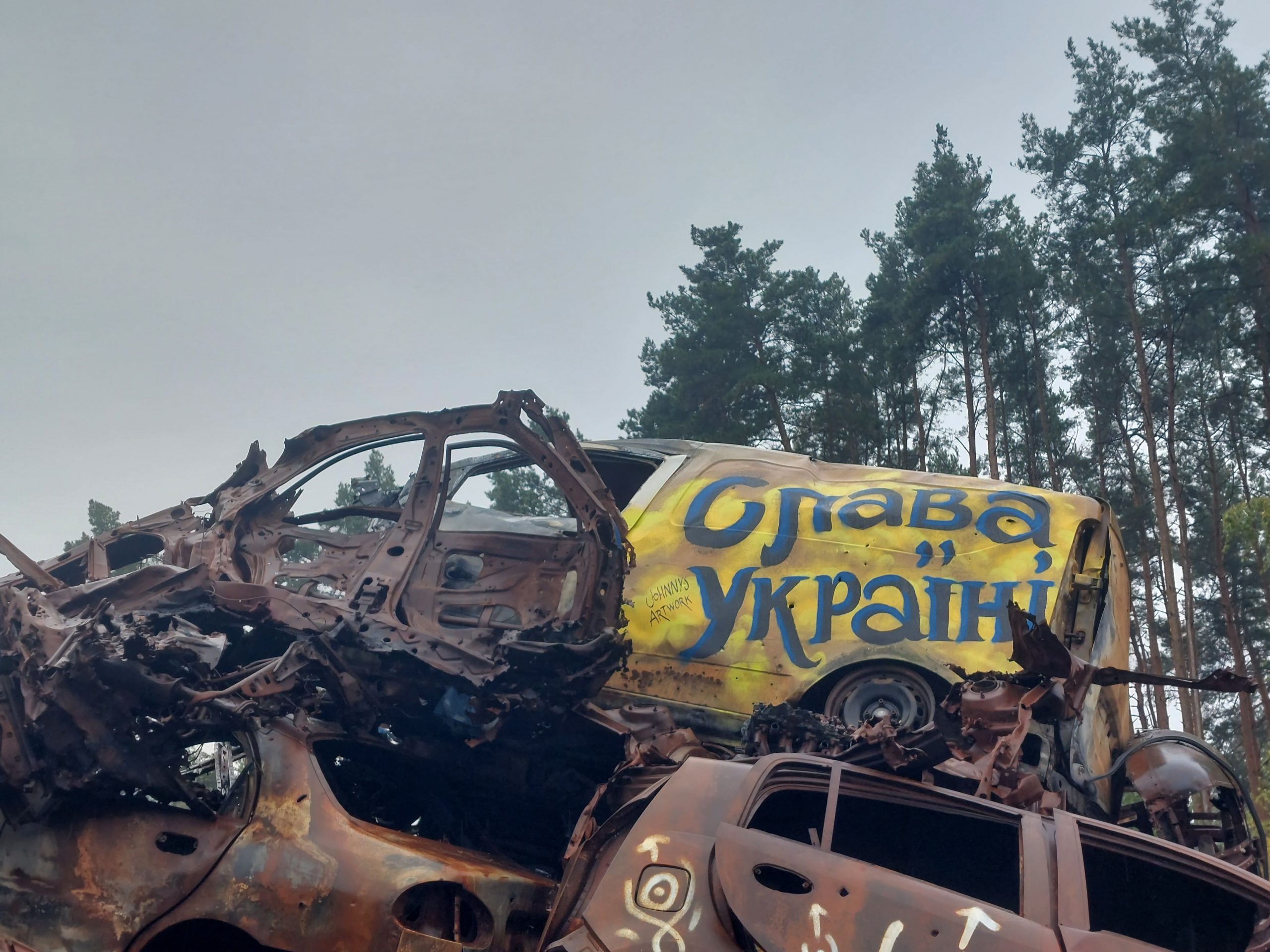
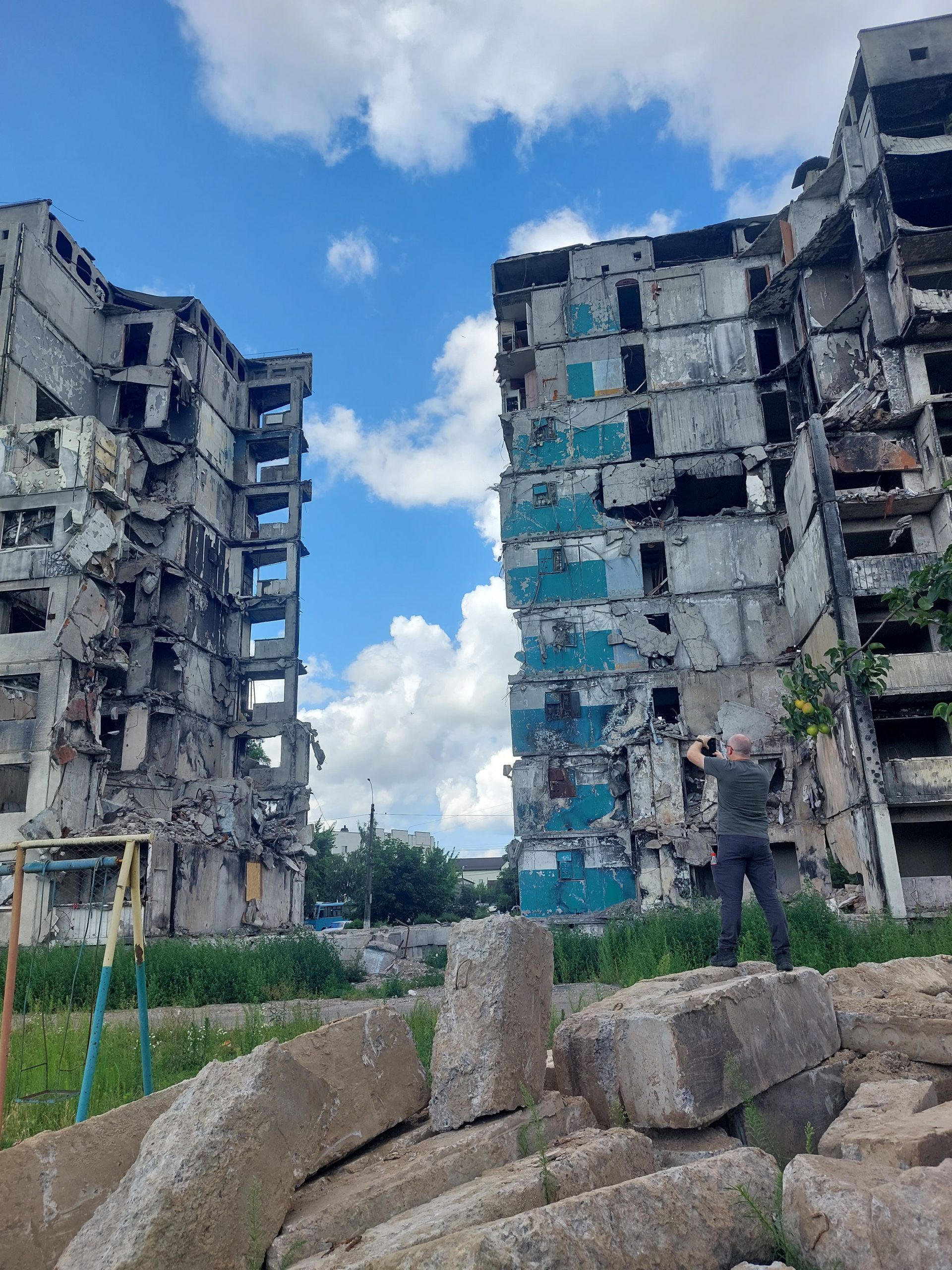
Gaza and Israel A Hell on Repeat
The Israel-Gaza conflict exploded again in late 2023 with horrific consequences. Hamas fired thousands of rockets into Israel. Israel’s response was devastating air strikes and ground operations that flattened large parts of Gaza. Thousands of civilians on both sides died or were wounded.
Hezbollah in Lebanon and Iran’s influence add layers of danger to the conflict, threatening to drag the entire region into war. Ceasefires are declared only to be broken within hours or days. The situation remains volatile, tense, and deadly. One that again we try to stay the hell out of, but one that is also not going anywhere.
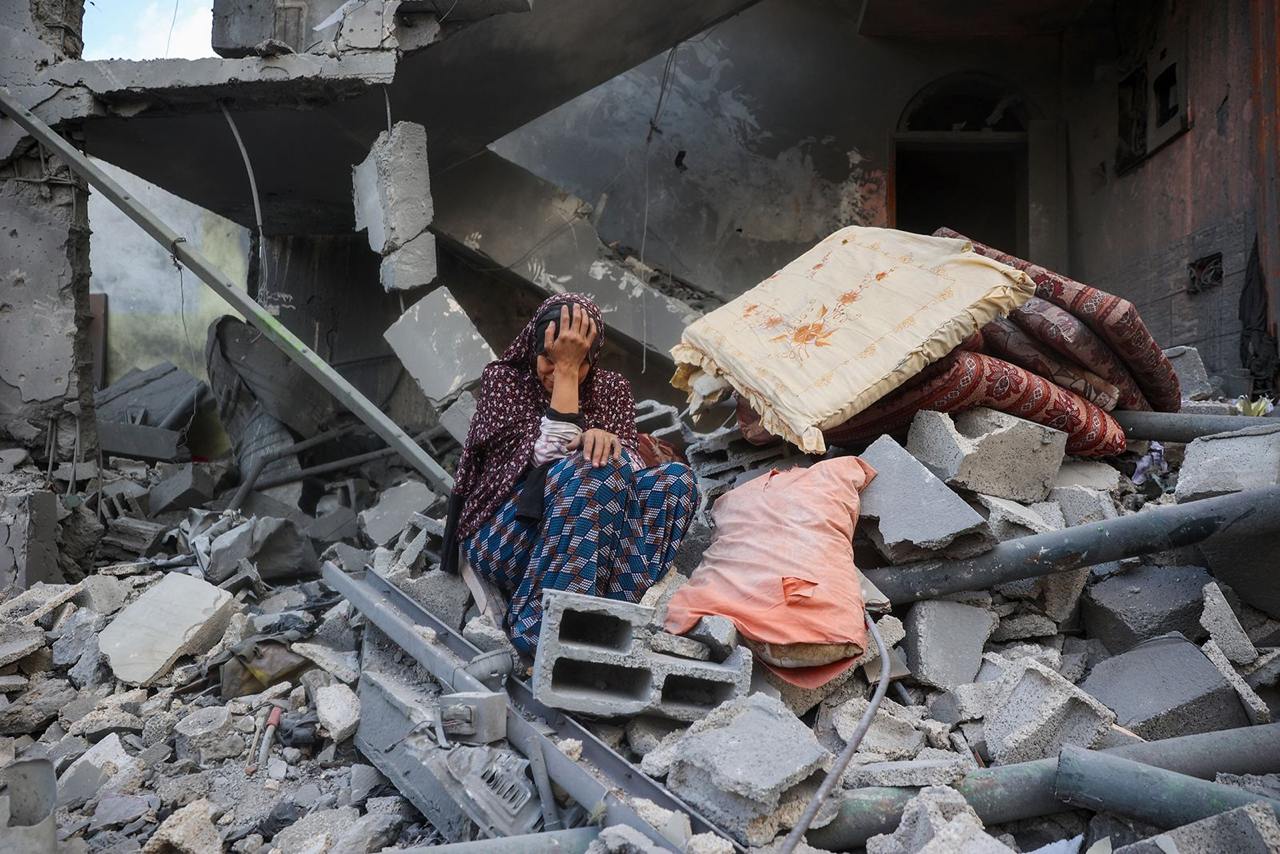
Photo: A Palestinian woman sits on the rubble of her house, destroyed in an Israeli strike, in the Nuseirat refugee camp in central Gaza on Tuesday. Eyad Baba/AFP/Getty Images
Sudan Civil War and State Collapse
Sudan’s hopes for peace after decades of dictatorship were dashed in 2023 when rival factions in the military, primarily the army and the Rapid Support Forces, clashed violently. Khartoum turned into a war zone overnight. The conflict spread to Darfur where ethnic cleansing and massacres returned with a vengeance.
Millions fled their homes. Aid agencies were forced out or stopped working. The government collapsed and the country plunged into chaos. This active conflict is brutal, forgotten by most but devastating for anyone caught inside. Sadly another that we have seen and know people who have suffered first hand.

Photo: chathamhouse
Myanmar Junta Versus Ethnic Armies
Since the military coup in 2021 Myanmar has descended into civil war. The military controls the cities but much of the countryside is held by ethnic armed groups and pro-democracy militias. The Karen, Kachin, Chin, Shan, and Rohingya minorities have all suffered horrific abuses.
Villages are regularly bombed, civilians killed or tortured, and hundreds of thousands displaced. Fighting is savage and unrelenting. The junta shows no signs of loosening its grip. This is a long and grinding active conflict with no clear end.
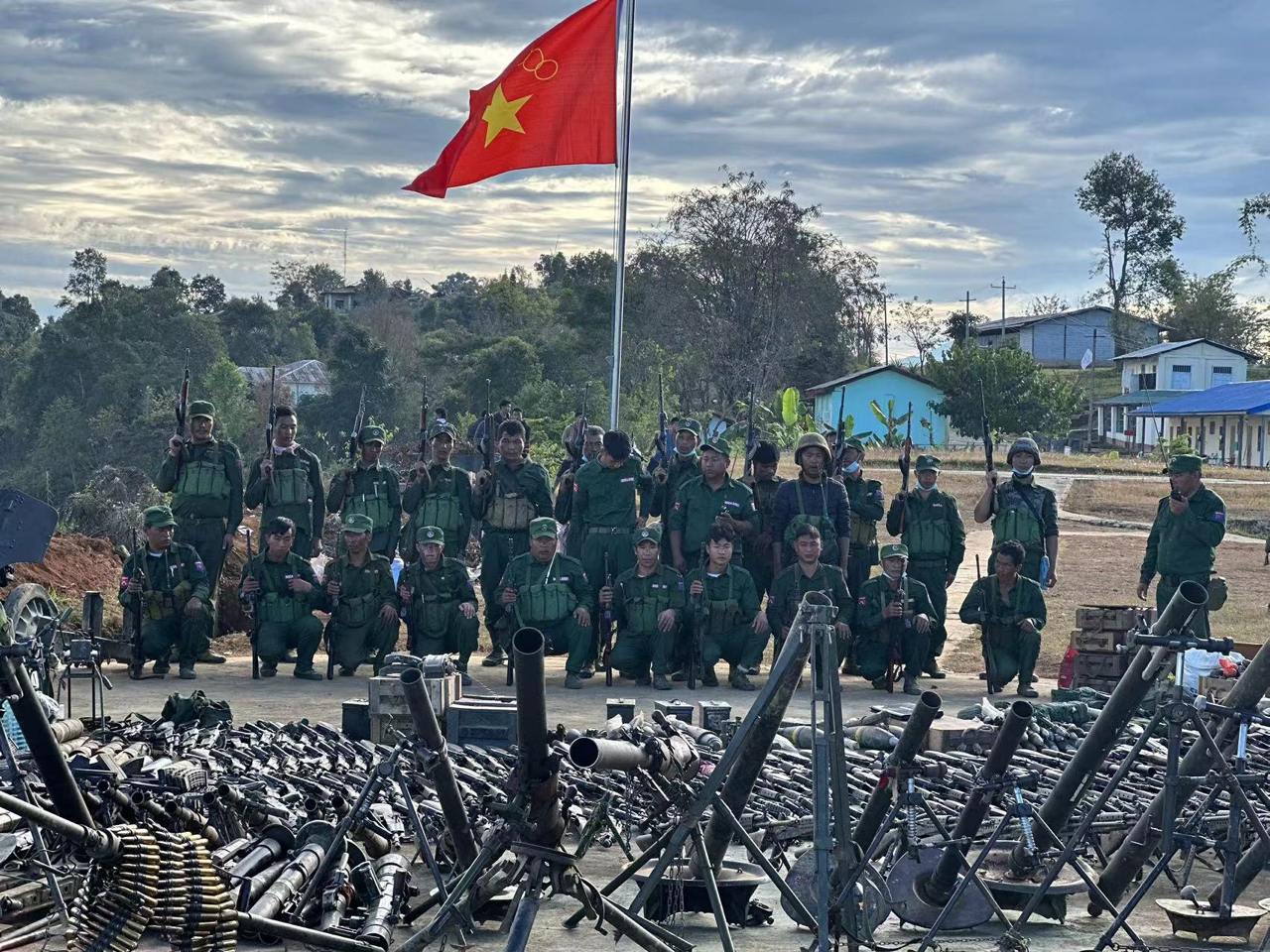
Photo: MNDAA troops pose along with a haul of junta weapons and ammunition after seizing a major junta base in Konkyan Township last week. / The Kokang
Ethiopia Fragile Peace and Ethnic Violence
Ethiopia’s civil war in Tigray officially ended in late 2022 but the country has not seen peace. Violence spread to the Amhara and Oromia regions, with militias clashing against federal forces and each other. Ethnic tensions run high, and villages have been burned to the ground.
The government struggles to maintain control outside the capital, and humanitarian access is limited. This active conflict threatens to destabilize one of Africa’s most populous countries and risks reigniting full-scale war.
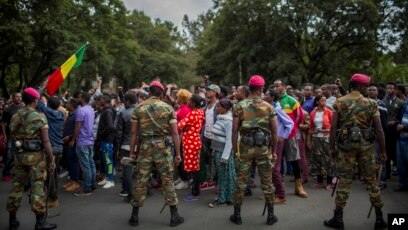
Photo: voanews
The Sahel Islamist Insurgencies
Across Mali, Niger, Burkina Faso and surrounding countries Islamist militants affiliated with al-Qaeda and ISIS continue to wage brutal insurgencies. Military coups have shaken governments but have failed to restore security. Villagers live in terror. Markets are bombed. Schools and clinics shut.
These active conflicts stretch across borders making it one of the most unstable regions on earth. Foreign forces from France, the UN and Russia’s Wagner Group have been involved but the violence only grows. The Sahel is a forgotten war zone where active conflicts ravage millions of lives.

Photo: iemed
Yemen War Without End
Yemen has been destroyed by war for years. The Houthis control most of the north while the Saudi-backed government struggles in the south. Separatists also want a chunk of the pie. On top of that Al-Qaeda and ISIS exploit the chaos to run their own brutal campaigns.
Food shortages and medical crises make Yemen the worst humanitarian disaster on the planet. Hospitals and schools are bombed. Civilians are starved and displaced. Peace talks come and go but the fighting never really stops. This is a catastrophic active conflict.
Socotra though is still kinda OK…
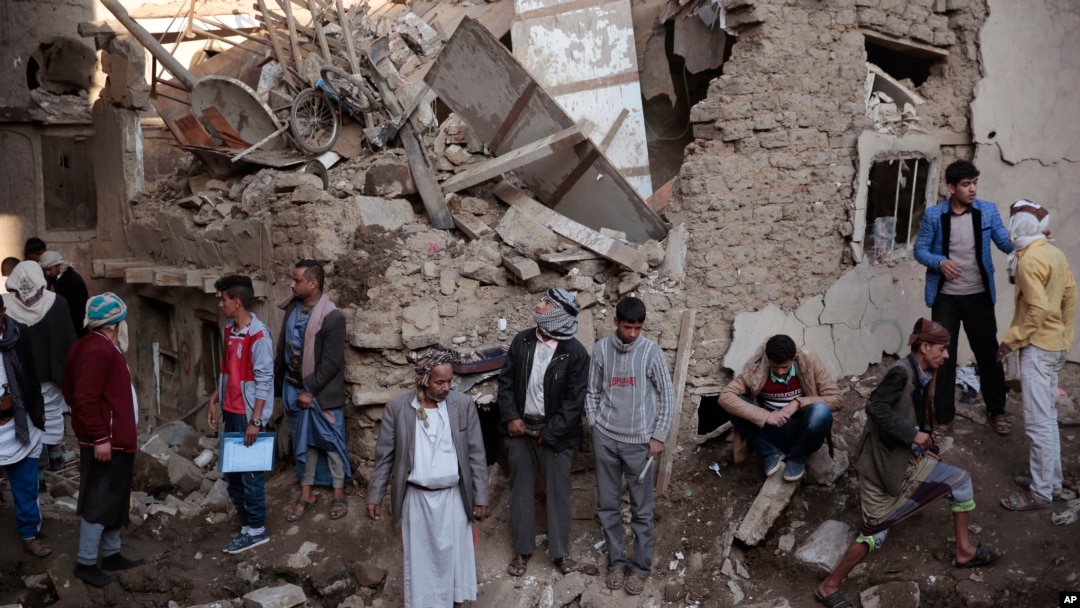
Syria Transition and Turmoil
Bashar al-Assad fled Syria in late 2024 after a rebel offensive captured Damascus. A transitional government took over but the country remains fractured and dangerous. Sectarian violence has exploded, with massacres and displacement shaking the population.
Minority groups such as the Druze fear for their safety. Russia, once Assad’s main ally, now backs the new government but reconstruction is slow and instability rampant. ISIS and other armed groups remain active in pockets. Syria’s new chapter is one of the most complex and volatile active conflicts today.

Photo: dohainstitute
Democratic Republic of Congo Endless Violence in the East
Eastern Congo has been a war zone for decades. Armed militias fight each other and government forces for control of land and precious minerals. Neighboring countries back different groups. Villages are attacked, people kidnapped or killed. The UN peacekeepers are powerless.
Millions are displaced in this active conflict that refuses to end. Despite rich natural resources Congo remains poor and dangerous. This is one of the world’s deadliest active conflicts.
Colombia Guerrillas and Drug Cartels
Colombia’s 2016 peace deal with FARC reduced violence but the deal has frayed. The ELN and other armed groups control parts of the jungle and drug trafficking routes. Kidnappings and attacks continue.
The government struggles to regain full control of rural areas. Cartels vie for power in cities. This low-intensity but persistent active conflict keeps Colombia on edge.
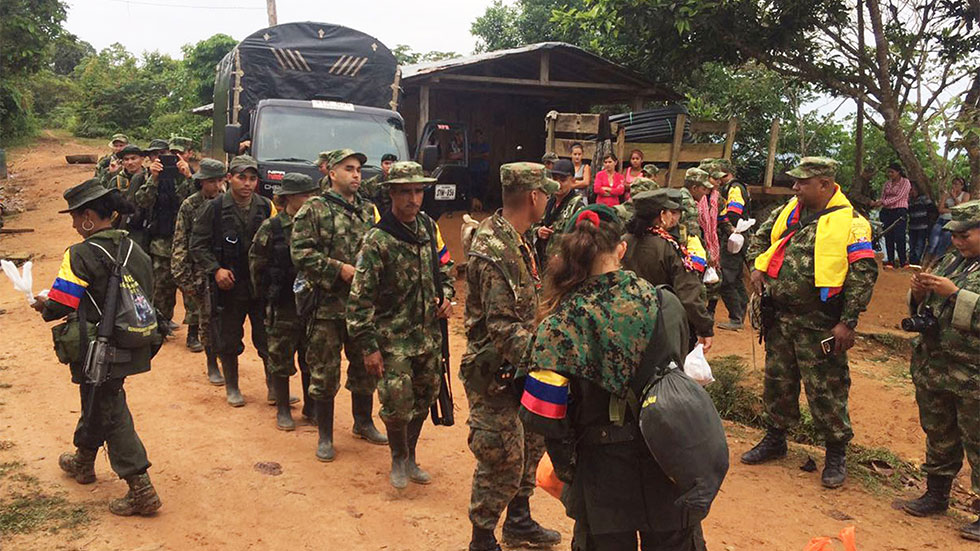
Photo: colombiareports
India The Naxalite Insurgency
Photo: Geopolitical Monitor
India’s Maoist rebels, known as Naxalites, have waged a low-profile but deadly insurgency since the 1960s. Operating mainly in central India’s forests, they attack government forces and infrastructure while claiming to fight for tribal rights.
The Indian government has mounted counterinsurgency campaigns but the conflict drags on. Millions live under constant threat. This active conflict is one of the longest-running in the world.
Afghanistan Taliban Rule and ISIS Threat

Photo: United States Institute of Peace
The Taliban retook Afghanistan in 2021 but their control is far from total. ISIS-K continues to carry out deadly bombings, especially targeting minorities and government officials. Girls remain banned from schools. The border with Pakistan is tense.
The country remains a war zone in many places with active conflicts ongoing despite international disengagement.
Mozambique Islamist Insurgency in the North
Photo: GETTY IMAGES
Northern Mozambique’s Cabo Delgado province is gripped by an Islamist insurgency. Militants attack villages, gas fields, and government forces. Foreign troops have been deployed but violence and displacement continue.
This active conflict threatens one of Africa’s key natural gas producers and worsens regional instability.
The Philippines Multiple Wars

While some insurgencies have softened, the Philippines still faces multiple active conflicts. Abu Sayyaf and the Bangsamoro Islamic Freedom Fighters continue to attack military targets. The communist New People’s Army wages guerrilla warfare in rural areas.
Kidnappings, ambushes, and clashes happen frequently. This is Asia’s forgotten active conflict with decades of history.
Mexico Cartels Control Territory
Mexico’s drug cartels operate like paramilitary forces in states such as Michoacán and Sinaloa. They battle police and rivals for control of territory, often using extreme violence.
Communities are caught in the crossfire. Corruption is rampant. This violent situation meets the definition of an active conflict even if it is not officially a war.
Photo: The Washington Post
Haiti Failed State and Gang Rule
Port-au-Prince and other parts of Haiti are ruled by gangs with little government control. Kidnappings, shootings, and extortion are daily realities. Political chaos means elections are canceled or delayed.
This active conflict on America’s doorstep is worsening with no resolution in sight.

Photo: Getty Images
Cambodia and Thailand Border Clashes
In 2025 Cambodia and Thailand fought brief but intense battles over disputed border areas near Preah Vihear temple. Thailand launched airstrikes and Cambodia responded with rocket fire. Civilians fled. Martial law was declared on the Thai side. ASEAN called for calm but tensions remain high.
This is a fresh and dangerous active conflict few outside the region are watching closely.

Why Are There So Many Wars?
Active conflicts happen because of tangled histories, ethnic divisions, competition for resources, weak or failing governments, foreign interference and broken peace processes. Climate change worsens living conditions and fuels unrest. Nationalism and corruption poison efforts for lasting peace.
When governments fail, militias, rebels and extremist groups fill the vacuum. The result is constant violence.
The Reality of Active Conflict
Active conflict is more than news headlines. It uproots millions, wrecks food supplies, drives up global energy prices and reshapes geopolitics unpredictably. Peace is the exception, violence is the rule. Yes life goes on alarmingly normally in many of these places, to such a degree that we even run tours to many. Not that it makes things any better…





